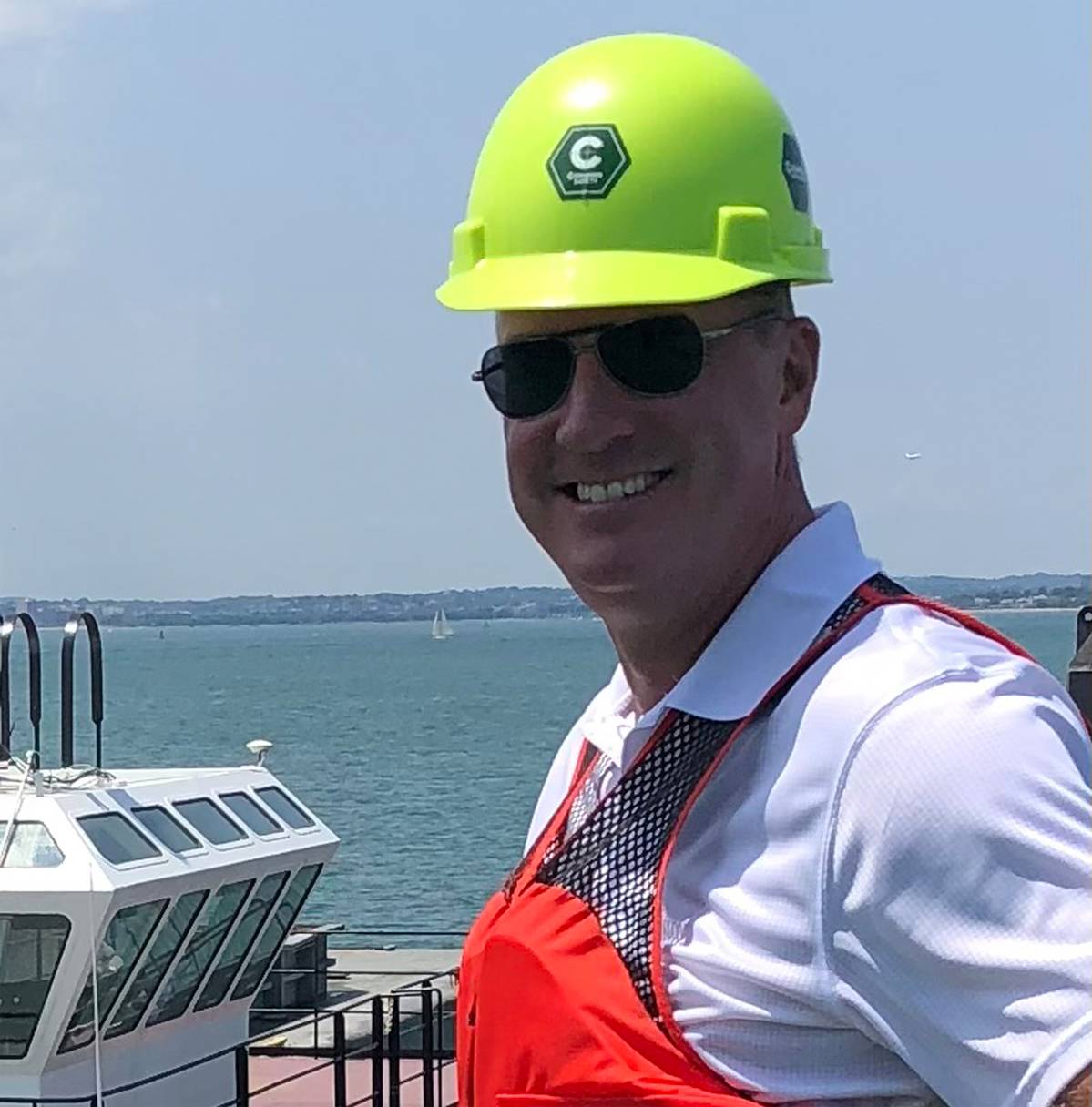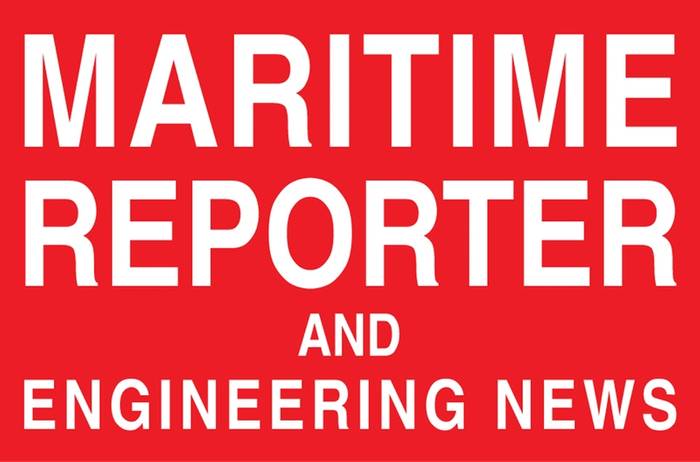Marine Construction & Dredging
Straight Shooting with DCA’s Bill Doyle
Marine Construction & Dredging: Straight Shooting with DCA’s Bill Doyle
Bill Doyle is a ubiquitous figure in U.S. maritime circles, today CEO at the Dredging Contractors of America (DCA). We checked in recently with Doyle for his take on the U.S. dredging business today, its fleet and its future.
To start, can you give us a ‘by the numbers’ look at DCA today.
The Dredging Contractors of America is an association of dredging contractors, and most of these companies also do marine construction. If it's in the water, they do it. A lot of these companies started more than 100 years ago, and they’ve built the businesses up at the local, regional, and national level. They are primary contractors with the US Army Corps of Engineers, also working for counties and ports. If you just take the federal side for 2022, there were 52 different companies that were awarded contracts by the Army Corps of Engineers. It's a highly competitive Jones Act, Marine dredging environment.
Is it just me, or has there been a decided increase in dredging business over the last few years?
There has been an uptick in dredging, and a lot of that had to do with the expansion of the Panama Canal [meaning the Gulf and East Coast ports had to dig deeper and increase draft to accommodate larger ships.]
The Panama Canal only really allowed one size ship to come through for 100 years; that was, for lack of a better term, the 4,500 TEU container ship. Now we’re up to 15,000 TEU [ships coming through the canal] … triple the size. [There’s a need for bigger equipment, cranes, but] dredging was the big part, they had to get to 50 feet, and some are even deeper. That was an uptick, and that will continue, because then you have maintenance dredging, too.
There’s also the environmental side, as you have a lot of work that goes on due to [increasing frequency and size] of storms. Damage created by the storms needs to be fixed; they also need to build bigger and better to protect for future storms.
In the U.S. there are 25,000 miles of navigable waterways. Where do you see the most dredging activity today?
We're still continuing with [dredging resulting from] the Panama Canal expansion. If you look at the east and gulf coast, the major ports are continuing to dredge at an accelerated clip [at an increasingly long list of ports]. We saw during the pandemic that the U.S. needed to up its game on gateways; we can't rely on just two or three ports for 80% of our products coming in and out of the United States, we needed to expand that. That's what you're seeing by way of these ports and their expansion projects.
With all of this dredging, the fleet of dredgers has had to expand to keep up. Can you give us an overview?
The capitalization that's going on in now in the US dredging fleet is probably the largest it's ever been. The dredging industry use shipyards everywhere for their barges, their vessels, for all types of equipment. I'll just name a few of the shipyards where we have dredges – [cumulatively a] $2.5 billion investment in US Jones Act dredges have rolled off the blocks in the past three years and moving forward. If you look at some of these shipyards, you've got Brownsville, Texas; Conrad in Louisiana; Eastern in Florida and Corn Island Shipyard in Indiana. You've got Mobile Pulley Works in Alabama … they're ones that design and construct cutterhead suction dredges. You have Gunderson in Oregon, and Feeney Shipyard in New York. [The dredging companies are entrepreneurial]; they will start their own repair yards, they will build their own equipment; they're really clever folks and they're serious about recapitalizing the fleet. They're really a big part of the Jones Act industry in the United States.
Looking ahead, the next 10-15 years, what big dredging projects do you see in and around the U.S.?
You're always going to have the maintenance dredging and the beach nourishment, and you're also going to see an increase in beneficial use of dredge material; taking dredge material and rebuilding islands.
30% of dredged material used to go to beneficial use – coastal restoration, upland replacement and island rebuilding. The Army Corps of Engineers wants to flip that to 70%.
When you look at the next 10 to 15 years, I'll start with something that my companies are now turning their attention to: the navy wants and needs more repair shipyards on the West Coast. There is some land available in California that the federal government owns, that will bring opportunities for dredging and marine construction companies.
The next piece is Mobile, Alabama. The Alabama State Port Authority are looking at channels where they're going to be between 50 and 56 feet deep. And what you're looking at there is in the range of $366 million that's been authorized and appropriated for Alabama.
Next you've got Baltimore County, and that's where you have Trade Point Atlantic. Trade Point Atlantic is the old Sparrows Point Shipyard. That Sparrows Point Shipyard is now being turned into a massive container terminal, and that is with Tradepoint Atlantic and Mediterranean Shipping Company. They have a contract, and that is going to require an enormous amount of dredging as well, because that – once a shipyard, now a container terminal that will be positioned for the future – will require maintenance dredging thereafter.
Going down to the gulf, you have the Louisiana International Terminal, another container terminal. That is a public-private partnership with the state of Louisiana, Mediterranean Shipping Company, and Ports America.
That's going to be somewhere in the range of a $1.8 billion project. More than $340 million has just been awarded to Louisiana to build that container terminal. Will all of that money go to dredging? No. But a significant portion of that will require dredging and marine construction to build that terminal.
Then if you look at the Port Authority of New York and New Jersey, where they have their 2050 master plan. You look at the usual suspects that need to be dredged, widened and deepened, and that's going to stretch into the next couple of decades. [Last but not least] look at Virginia, where they want to be 55 feet in the Port of Virginia for the new Craney Island project … that goes to 2040. Then on the energy side, it's Corpus Christi, where bulk liquids – natural gas liquids and liquid petroleum – are going to come out of there. So they're getting deeper, wider and building more.
Watch the full interview with Bill Doyle, CEO, Dredging Contractors of America, on Maritime Reporter TV, with additional insights on: Dredging the Mississippi River, an ongoing battle between flood and drought; and USACE and contracting ahead.



